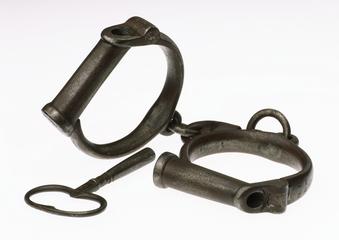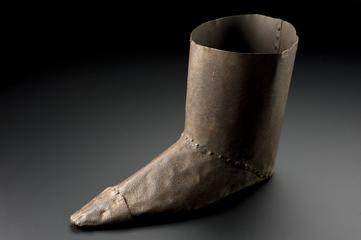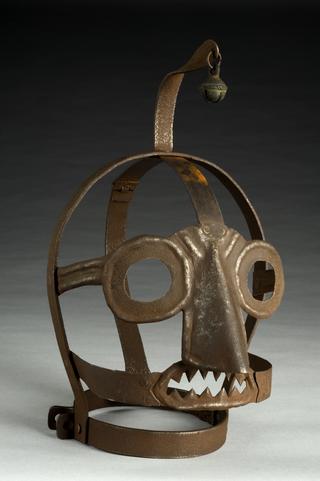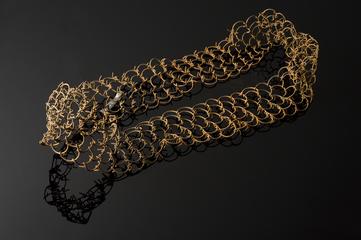






Brass planispheric astrolabe, 22 stars on rete, Rojas projection on back, Italian, dated 1572
Dated 1572, this brass astrolabe is thought to have come from Italy and was used by a monk. This front view shows a map of the heavens projected onto a flat surface with an incomplete ruler for pinpointing individual stars. It is in essence a model of the universe that an astronomer could hold in their hands. Popular in Medieval and Renaissance Europe, its many uses included timekeeping, astrology and surveying. The two-dimensional depiction of the heavens used on this instrument is achieved using universal projection rather than the stereographic technique more usually found on astrolabes. From its origins in the Ancient World, Islamic astronomers developed the astrolabe from where it spread to Europe.
Details
- Category:
- Wellcome (general)
- Collection:
- Sir Henry Wellcome's Museum Collection
- Object Number:
- A629481
- Materials:
- brass (copper, zinc alloy) and glass
- Measurements:
-
overall: 25 mm x 213 mm, 83 mm, 1.126 kg
- type:
- astrolabe




